Shang Juncheng's interview after recovery: from a bone fracture and withdrawal to surgery and bone removal, I am now ready.
After undergoing surgery on his right foot and being sidelined for six months, 19-year-old Chinese tennis star Shang Juncheng has finally decided to make his official return to the court during the North American hard court season. In this exclusive interview, he detailed the entire journey from his withdrawal at the Australian Open, through a challenging treatment process, to the eventual surgery that involved bone removal and tendon excision, as well as the psychological challenges faced during his difficult rehabilitation period.
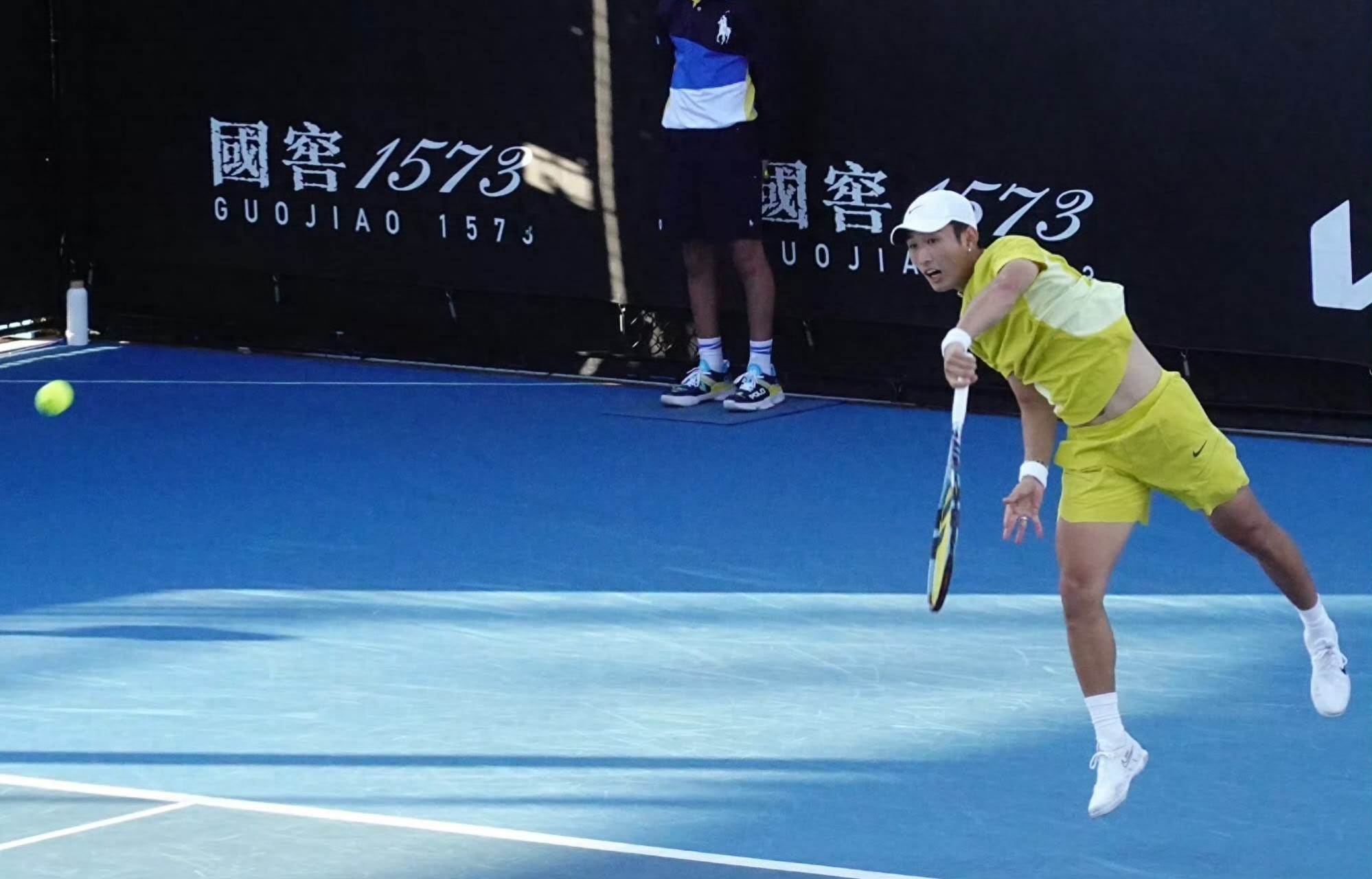
This year, during the first round of the Australian Open, Shang experienced sharp pain in his right foot during the match. “At that moment, I thought my foot might be swollen; it didn’t seem like a major issue.” He took protective measures such as taping during the match but was still forced to withdraw midway. After returning to China for an examination, CT and MRI scans revealed a slight bone fracture, and doctors estimated that conservative treatment would suffice for recovery in 3-5 weeks. He admitted, “At that time, I never imagined I would ultimately need surgery.”

However, two months later, before the Indian Wells tournament, his right foot injury had still not improved. The pressure of being unable to compete led him and his team to seek new treatment options, consulting renowned foot specialist Dr. O'Malley, who has operated on numerous NBA players. The new MRI results confirmed the presence of a bone fracture, and Dr. O'Malley proposed a crucial plan: to directly remove this “non-essential” bone, but it would also require the removal of 50% of the tendon.
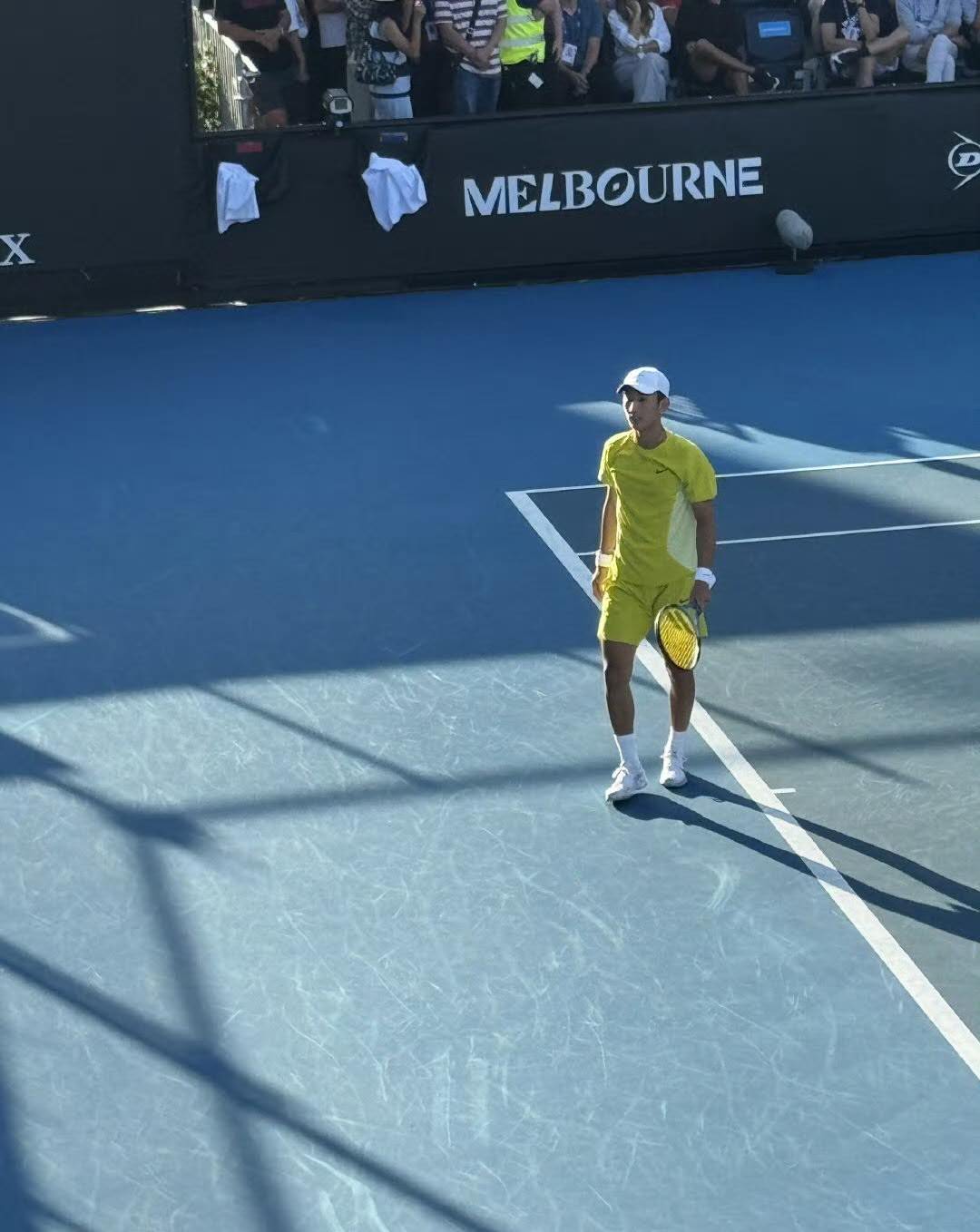
“The bone removed is about the size of a fingernail, but removing the tendon is more complicated because it takes at least six weeks to heal,” he explained. However, after the surgery, Shang felt a sense of relief: “Because the hidden danger has been completely eliminated, it won’t happen again.” Just three days post-surgery, he began upper body training and hitting balls while wearing a cast.
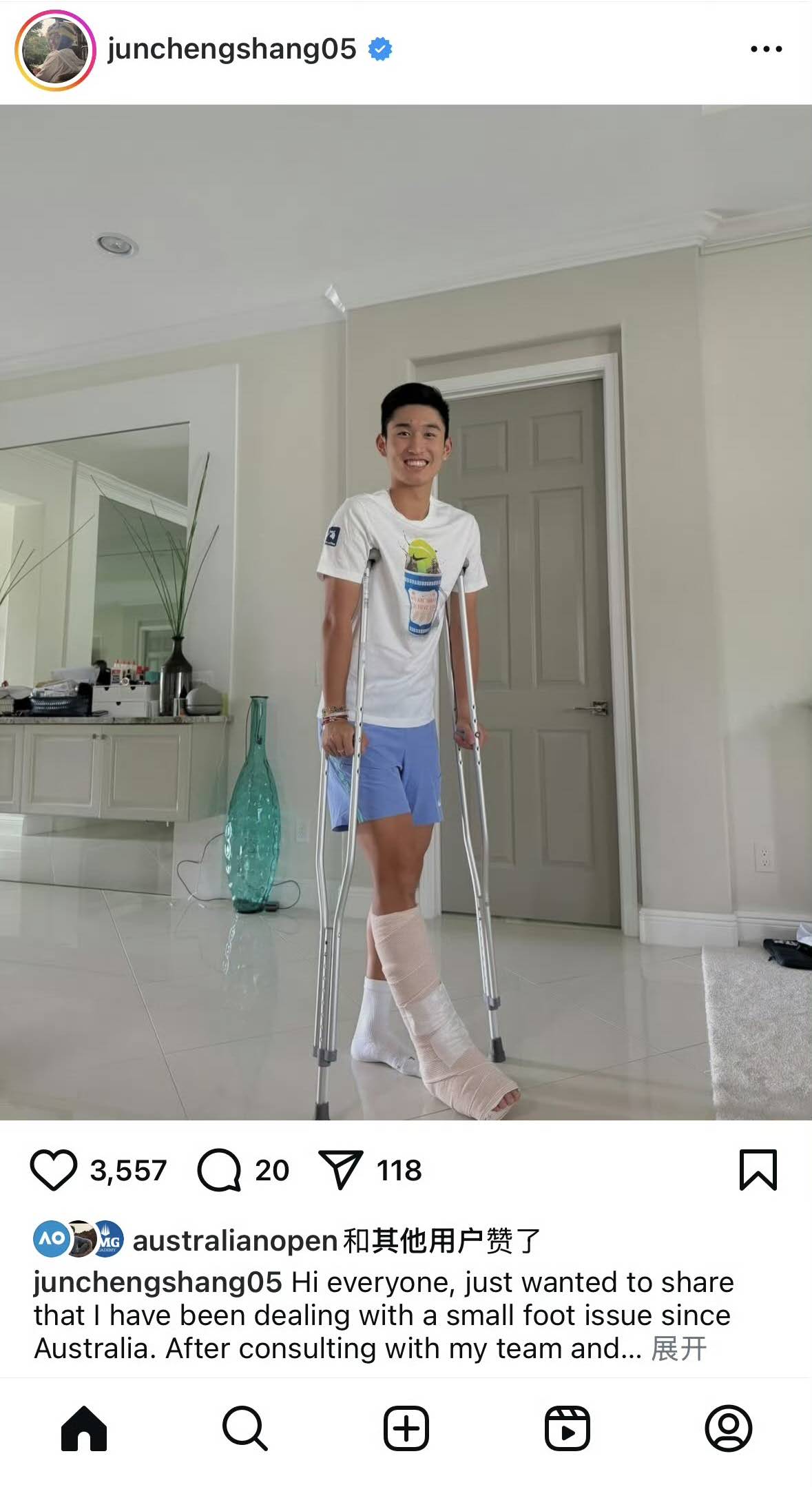
The rehabilitation process was not without its amusing moments; he laughed as he recalled his first attempt to walk without crutches: “I tried to walk to the bathroom at night and realized I couldn’t get back; I had to crawl!” After learning this, the doctor allowed him to start walking training 3-4 weeks earlier than planned, confirming there was no pain. His recovery on the tennis court also went smoothly, as he documented this process in videos while wearing protective shoe inserts and moving slowly to hit balls. The Nike team also customized special shoes and insoles for him, ensuring safe training with ankle taping.
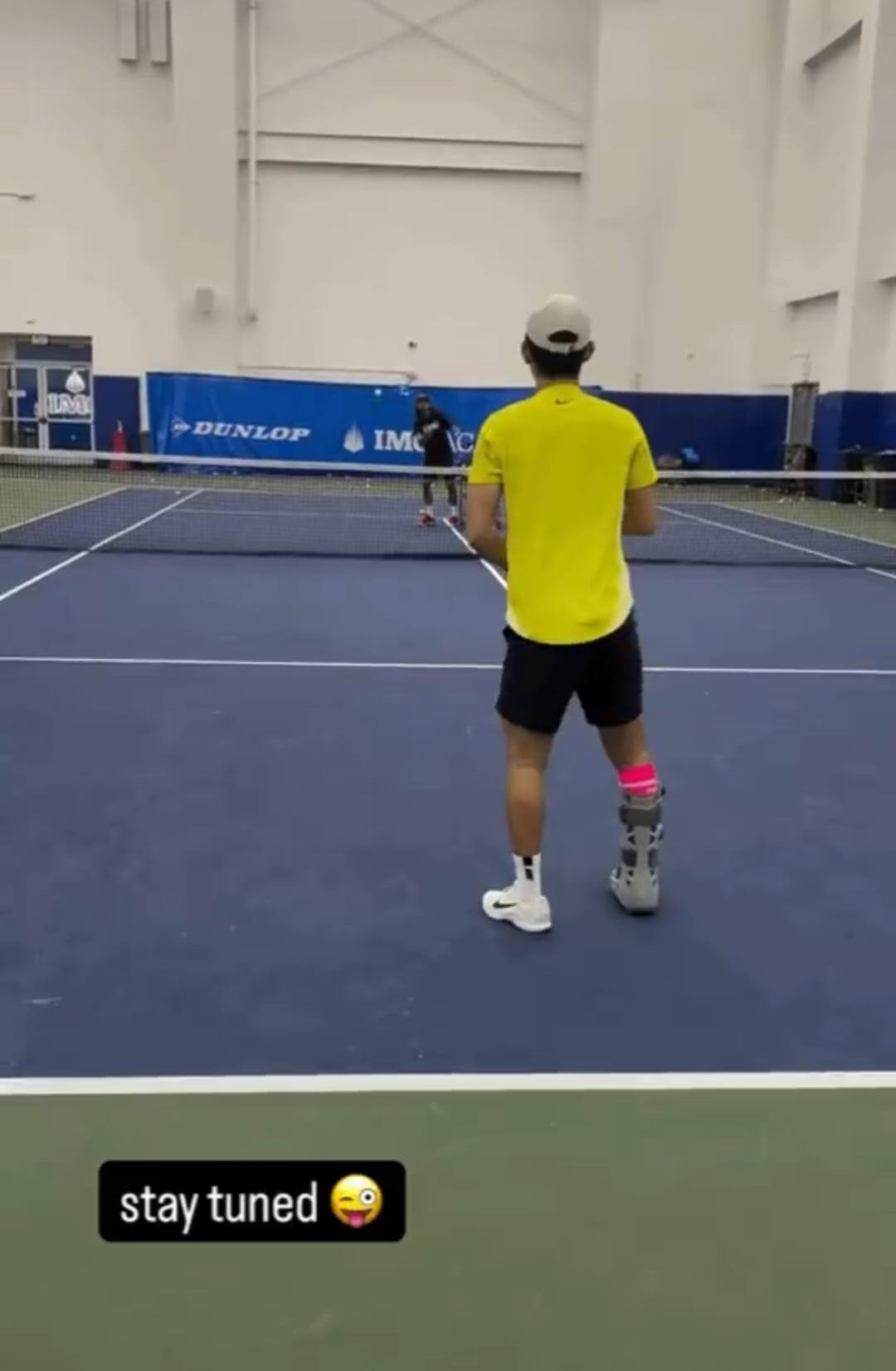
With the Wimbledon grass court season approaching, although Shang believes his grass court skills are quite good, he ultimately made a strategic decision to forgo it. “The risk of slipping on grass is high; I used to slip a lot,” said the young Chinese player. To protect his body and return with a stronger and safer approach, he decided to delay his comeback until after Wimbledon.
During this time, he applied for ATP ranking protection, a rule that allows players who have been sidelined due to injury for more than six months to use their pre-injury ranking to enter nine tournaments within nine months of their return, ensuring direct entry into the main draws of Grand Slams and most Masters events (excluding Monte Carlo).
“This is a great start for next year,” he stated. Therefore, he chose to set his first return point in the North American season, warming up for the upcoming Chinese season, with the Toronto Masters (now in the main draw) and Cincinnati as the starting points for his comeback.
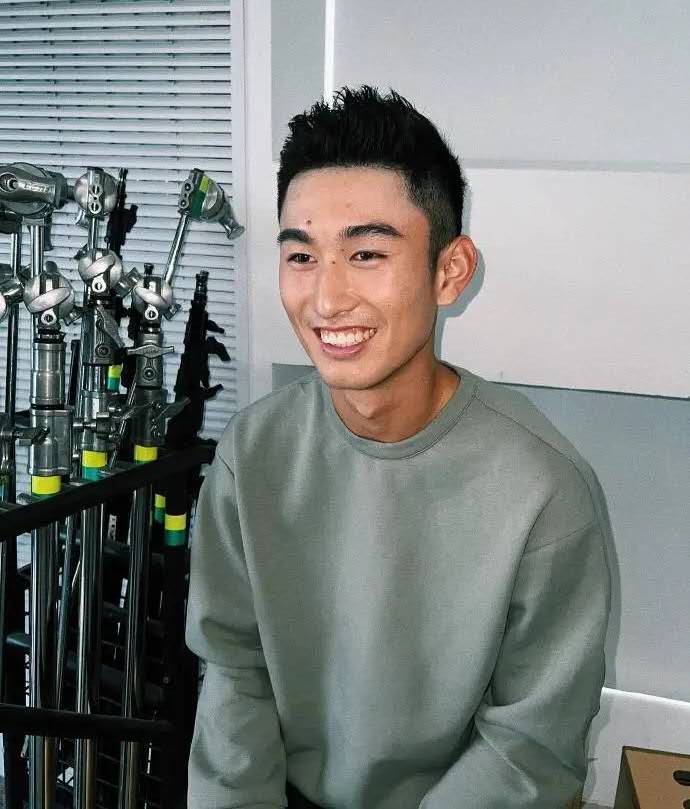
After six months away from the competition, Shang has a clear understanding of the challenges he will face upon returning: “I will need to readjust to the rhythm of the game, the 25-second timer, and my physical endurance.” He estimates that it may take him several tournaments to regain his form. In recent training, he has tried a more aggressive, baseline-oriented playing style.
Regarding his upcoming first match at the Toronto tournament, he remains calm: “Qualifying players already have the advantage of rhythm and environmental adaptation; I haven’t played for half a year, so my rhythm will definitely not be as good as theirs.” However, he is resolute: “But I believe in my abilities and in what I have prepared. My goal is to play my best tennis. If I achieve that, it will be a very positive week.”
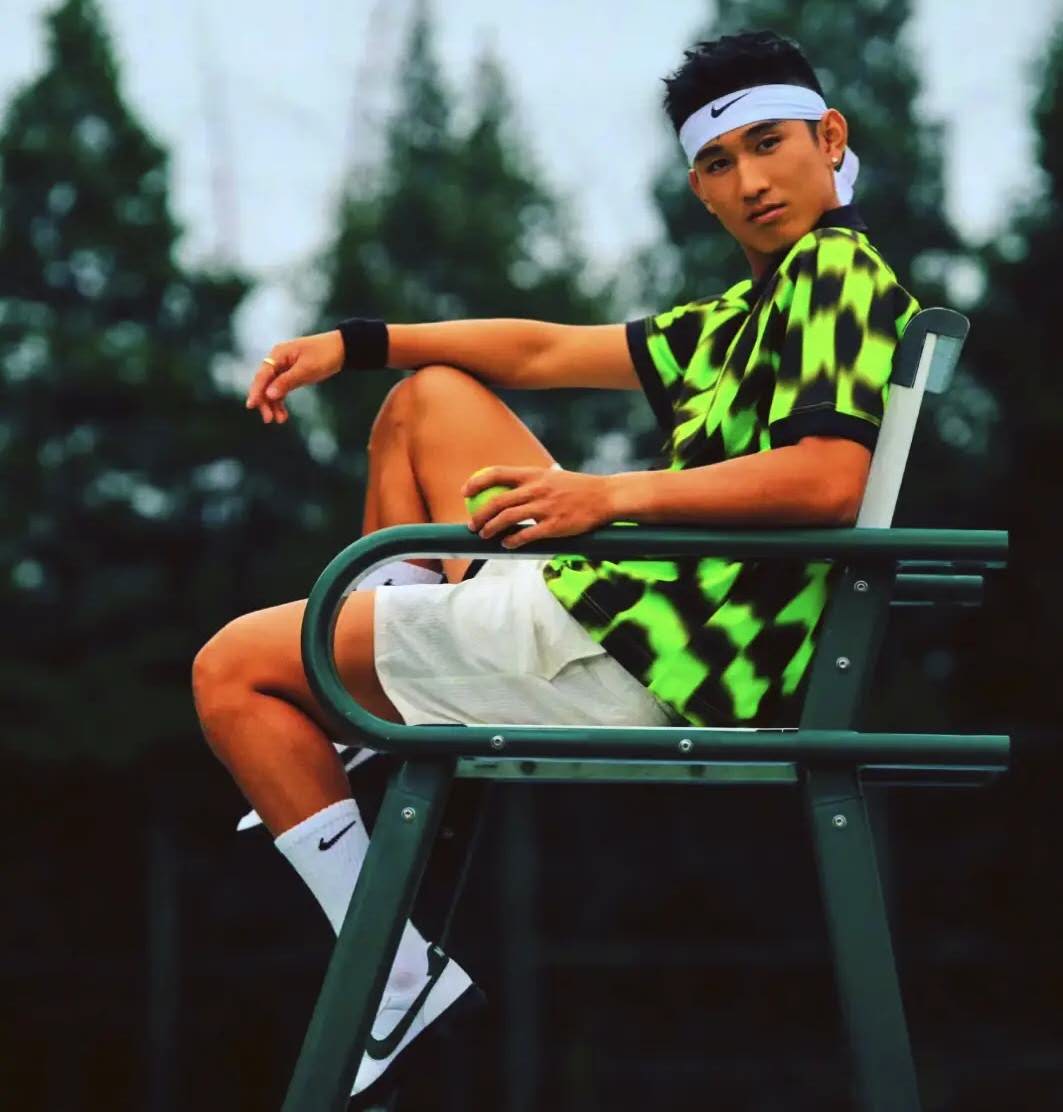
From being forced to undergo surgery to remove fragmented bone and enduring a painful recovery, to a challenging return, Shang Juncheng has experienced a long and arduous rehabilitation period. Fortunately, we will be able to see him return at the upcoming Toronto tournament. Tomorrow morning at 7:30, let’s tune in for Shang Juncheng's comeback debut and wait for the flowers to bloom.(Source: Tennis Home, Author: Lu Xiaotian)







 Links
Links
 Contact
Contact
 App
App


